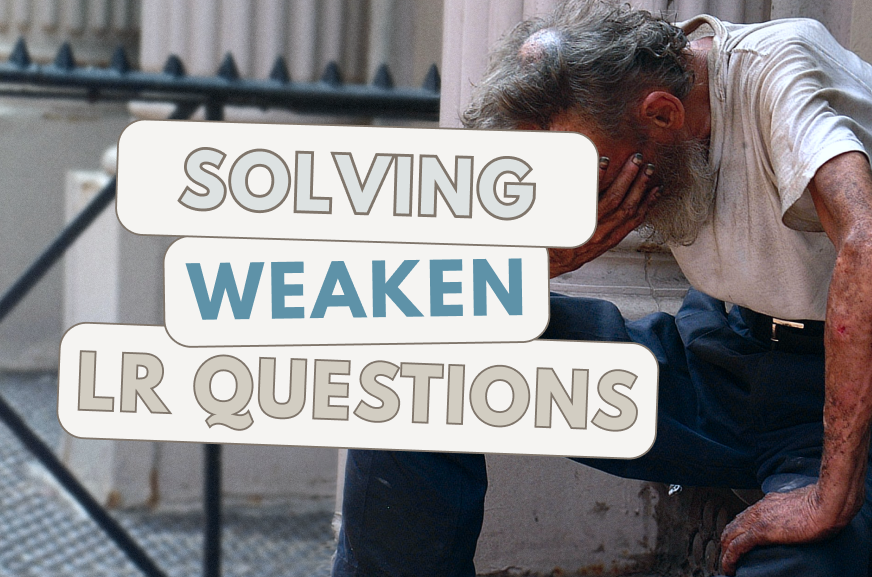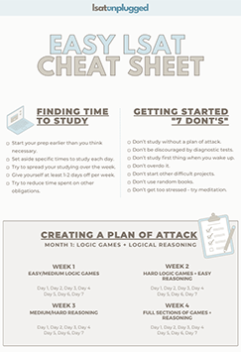What do you do when you see a Weaken Logical Reasoning question, aside from hiding under your bed?
Weaken questions don’t have to be tough, although they can seem that way at first. Unless you frequently engage in structured debates, you’re probably used to fixing things and making them better – not breaking them and exposing their flaws. Here’s a step-by-step approach to help you solve every Weaken question.
1. Recognize that it’s a Weaken question.
Some weaken question stems:
“Which one of the following, if true, most seriously weakens the argument?”
“Which one of the following, if true, is evidence that the explanation given above is only a partial one?”
“Which one of the following, if true, most calls into question the argument…”
2. Look for the main flaw (if present).
It will make some unwarranted (and unstated) assumption – the missing (and weakest) link between premises/evidence and conclusion.
3. Attack the assumption and scan for answer choice that exposes the flaw.
Expose the gap between the evidence and conclusion. The correct answer may expose the argument to the flaw by:
-promoting an alternative possibility
-denying the evidence’s relevance to the conclusion
-attacking the evidence’s validity (for example, saying a supporting survey or study was not properly conducted)
-providing evidence to attack the conclusion
4. Remember that the answer choices can contain information not mentioned in the stimulus.
Why? Because the question stem says “if true” or “if…assumed.”
5. Remember that in “Weaken EXCEPT” questions, 4 will weaken the argument, and 1 will not.
The 1 that doesn’t weaken will either strengthen or have no effect. In logic, the opposite of weaken is “not weaken.”

